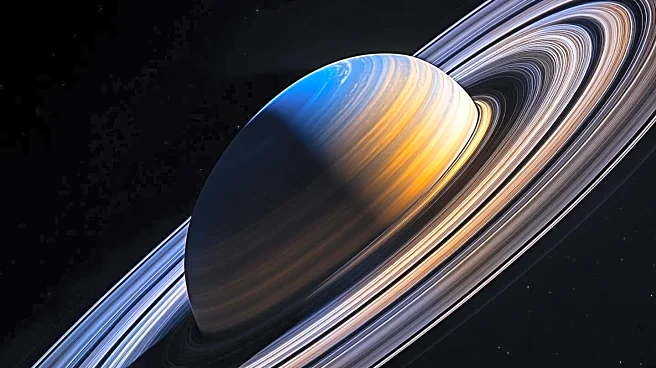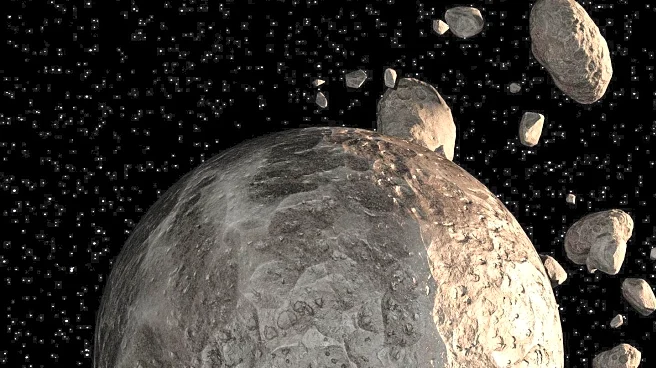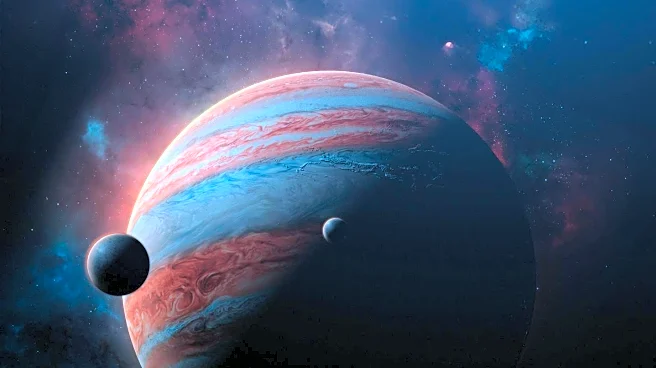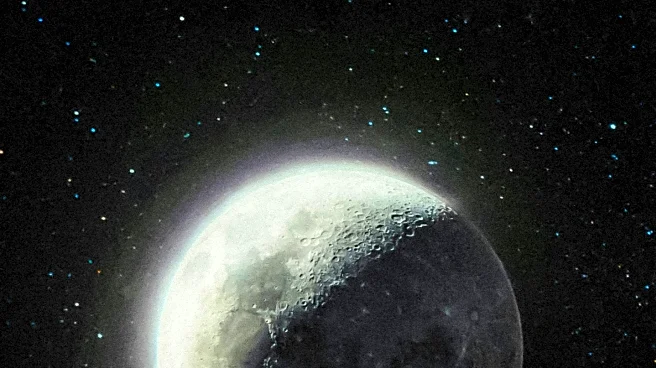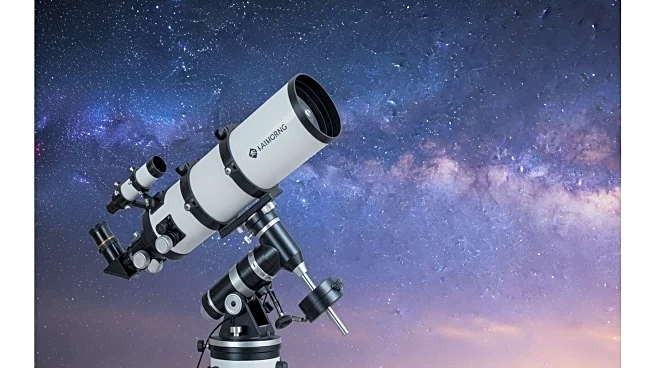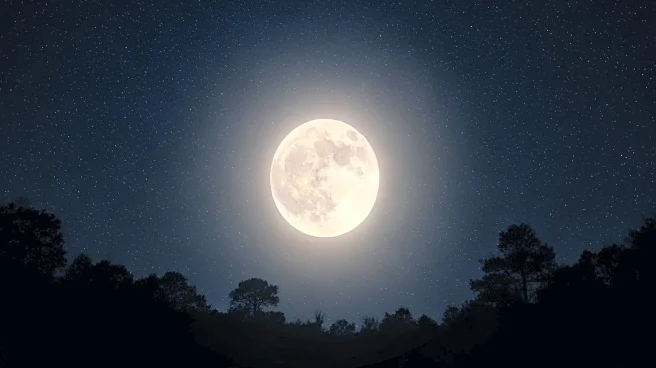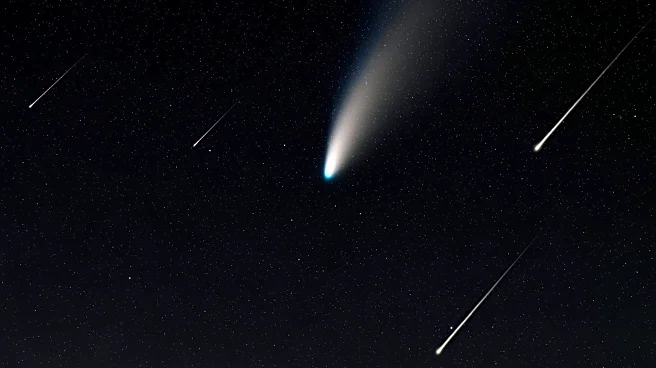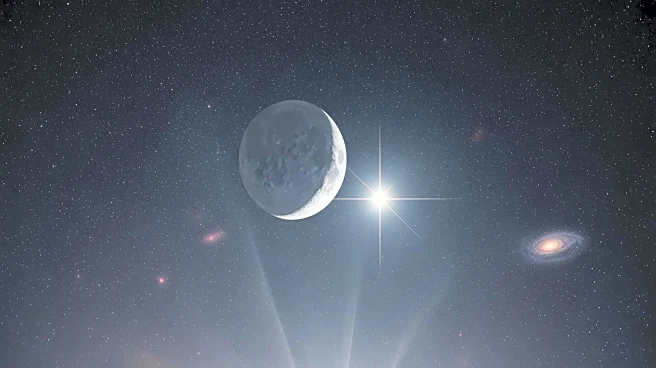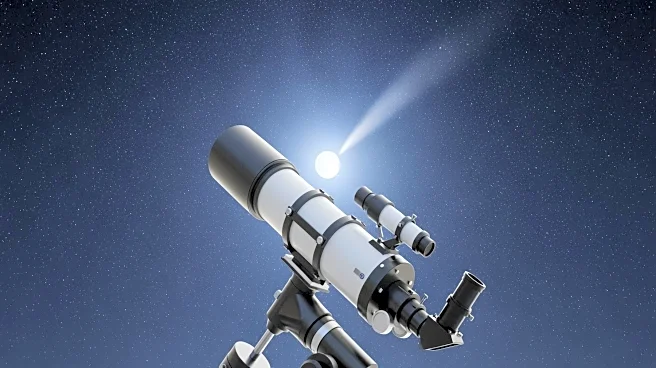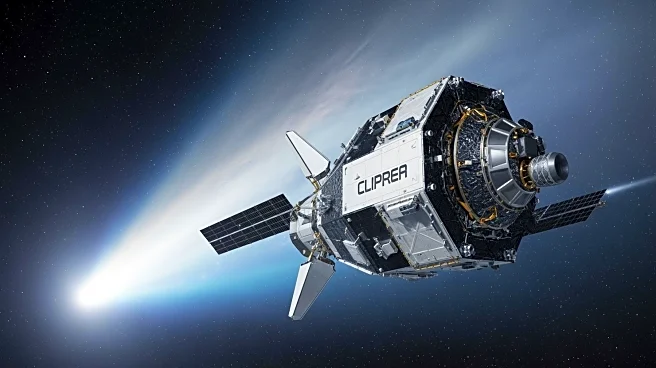What's Happening?
This week, Saturn's moon Iapetus will be positioned near the planet, offering a rare observational opportunity. Iapetus, known for its two-toned appearance, will be visible north of Saturn, allowing astronomers
to observe its unique features. Additionally, the week includes several other celestial events, such as Mercury's greatest eastern elongation and the visibility of dwarf planet Ceres against the stars of Cetus. Observers can also look forward to the alignment of Jupiter with Pollux in Gemini and the visibility of deep-sky objects like the Andromeda galaxy.
Why It's Important?
These events provide valuable opportunities for both amateur and professional astronomers to study planetary and lunar dynamics. Observing Iapetus near Saturn can offer insights into the moon's surface characteristics and orbital behavior. The visibility of Mercury and Ceres enhances understanding of planetary motion and positioning. Such events contribute to the broader field of astronomy by encouraging public interest and scientific inquiry into celestial phenomena.
What's Next?
Throughout the week, observers can continue to track the movement of celestial bodies, including the transit of Io and Europa's shadows on Jupiter. The progression of the Moon from waxing crescent to First Quarter will also be of interest, as it affects the visibility of other celestial objects. These observations will be complemented by ongoing studies and public engagement activities in astronomy.
